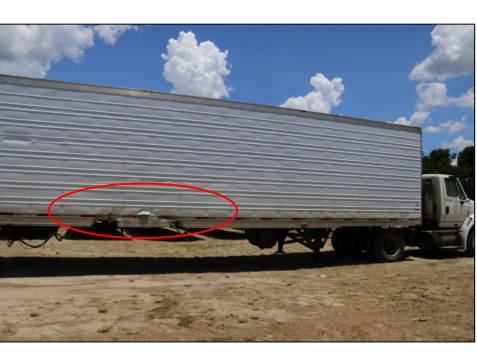NW-Bound
Give me a museum and I'll fill it. (Picasso) Give me a forum ...
- Joined
- Jul 3, 2008
- Messages
- 35,712
... which means we will always need some traditional cars on the road to keep people on their toes, so to speak.
And it also means that autonomous cars need a false decoy steering wheel for deception, like that of the coin-operated kids' cars you see outside supermarkets. Maybe even an inflated dummy in the driver seat, like the dummy pilot in the movie "Airport".
And it also means that autonomous cars need a false decoy steering wheel for deception, like that of the coin-operated kids' cars you see outside supermarkets. Maybe even an inflated dummy in the driver seat, like the dummy pilot in the movie "Airport".
Last edited:



